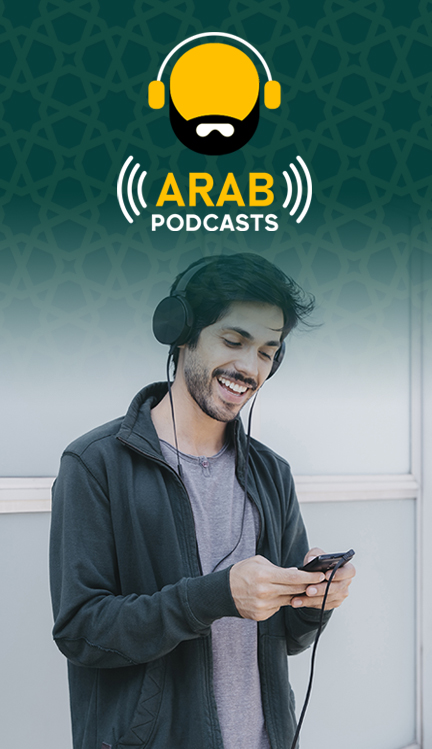Arabic culture is rich and diverse, spanning several countries in the Middle East and North Africa. From language to religion to food, Arabic culture is full of unique traditions, customs, and beliefs. In this article, we'll explore some of the key elements of Arabic culture.
Language
Arabic is the official language of over 20 countries and is spoken by over 400 million people worldwide. It is a complex language with a rich history, and it is the language of the Quran, the holy book of Islam. Arabic script is also used to write several other languages, such as Urdu and Persian.
Religion
The majority of people in the Arabic-speaking world are Muslim, and Islam plays a central role in Arabic culture. Other religions, such as Christianity and Judaism, also have a presence in the region. Islamic practices and beliefs, such as the five daily prayers and the celebration of Ramadan, are woven into daily life in many Arabic countries.
Family and Community
Family is extremely important in Arabic culture, and the extended family often plays a significant role in daily life. Family ties are strong, and it is common for multiple generations to live together in one household. Hospitality is also a key aspect of Arabic culture, and guests are often welcomed warmly and offered food and drink.
Food
Arabic cuisine is diverse and flavorful, with a variety of dishes that vary by region. Common ingredients include lamb, chicken, rice, and spices such as cumin and coriander. Popular dishes include falafel, hummus, and shawarma. Arabic sweets, such as baklava and halva, are also well-known around the world.
Art and Literature
Arabic culture has a rich tradition of art and literature, dating back centuries. Calligraphy is an important art form in the Arabic-speaking world, and Arabic calligraphy can be found in everything from religious texts to street art. Arabic literature includes poetry, novels, and non-fiction works, and many Arabic authors have gained international recognition.
Music and Dance
Arabic music and dance are also an important part of the culture. Traditional Arabic music is characterized by its use of instruments such as the oud, qanun, and darbuka. Popular forms of Arabic dance include belly dancing and dabke, a folk dance that is often performed at weddings and other celebrations.
In conclusion, Arabic culture is diverse and rich, encompassing a wide range of traditions, customs, and beliefs. From language and religion to family and food, Arabic culture has a unique identity that is celebrated around the world.


